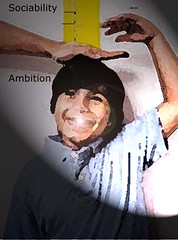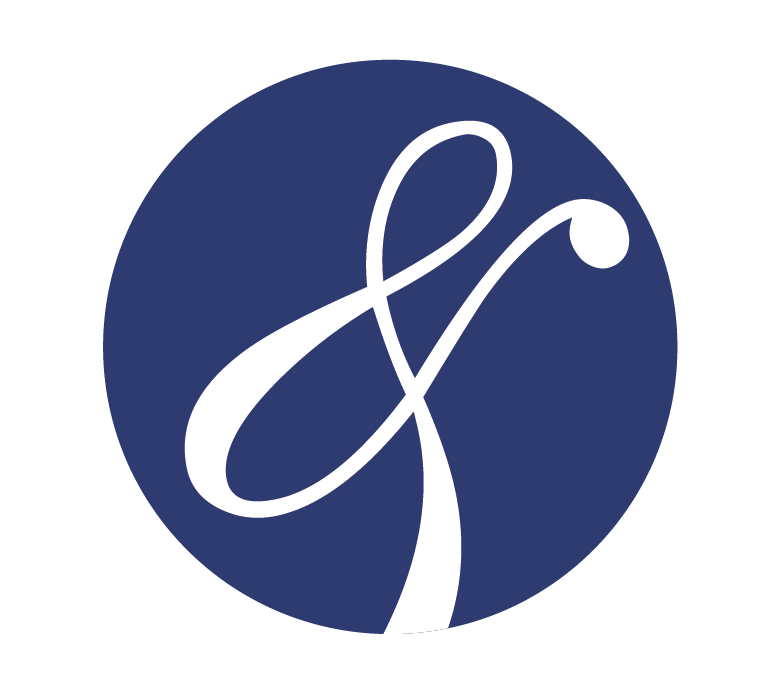
Two economists will never agree on what will yank the world out of recession. Two psychologists will also give you a simple answer on how to measure personality. What is personality? How you describe yourself is the inside view of personality (also called identity). It is all about your dreams, hopes and fears and how you wish to achieve your dreams and avoid the fear factor.When someone does a reference check about say a potential employee or team member, they are seeking to learn about the personality elements. What is this person going to be like as a team member? What kind of reputation does the person have? Reputation is based on past behavior trends. Successful hiring is based on getting information about three areas:
1.The Role:Is the employee going to have clear boundaries and structure or will the employee be expected to deal with ambiguity. Does it require someone to interact with customers (especially when they are unhappy). Does it need someone with attention to details or a person who is a strategic thinker who relies on others to look into the nitty gritties. Does this role need someone who should has to handle stress. Is this primarily a sales job or is a managerial role?
2.The Culture:This is specific to an organization. The same role maybe expected to operate differently in a green field operation as compared to one in a turnaround scenario. The same role may have vastly differing levels of empowerment depending on the organization’s culture. What are the values of the organization? Who are the heroes and villains of the organization and what values do they represent? Is it a blow your own trumpet culture or is that behavior seen as crude and not encouraged?
3. The Individual: What is the fit of the individual with the role and the organizational culture. The more senior the employee is in the pecking order, the more important is the need to find resonance between the individual and the company culture – especially if the mandate of the role is not to make that change. A CEO who is successful in a startup may not be as effective in maintaining steady state.Before you rush out and hire the next person, detail out as much as you can about the success factors of the role. To understand the organization’s culture, look at what is common to the employees who are successful. What common behavior do they demonstrate? While all organizations will enthusiastically vote in favor of teamwork, check if those who eventually succeeded and were hailed by the leaders were individual stars or were they team players. Do the same analysis to know what was common to those who were brought in with great fanfare and yet they failed. That will be important to know whom to hire when several candidates share equally impressive track records.
Here is a great framework to learn about the individual. I like this one and generates insights that may be used for hiring decisions as well as for coaching.The Hogan Personality Inventory evaluates the individual on the following aspects:
-
Adjustment: People who are high on this have high confidence, self-esteem, and show composure under pressure. This is useful to know especially if the person will be in a high stress role.
-
Ambition: This is a measure of the person’s initiative, competitiveness, and desire to take on leadership roles. Good information to have for evaluating senior leaders.
-
Sociability: This measures gregarious, and need for social interaction. If a person shows high need for sociability, putting the person in a role that demands working for long hours by themselves is not a good idea.
-
Interpersonal Sensitivity: A person who is high on this shows tact, perceptiveness, and ability to maintain relationships. Maybe a good trait to evaluate for roles which have a high customer interface.
-
Prudence: People who are high on prudence play by the rule-book and are high on self-discipline, responsibility and conscientiousness.
-
Inquisitive: This is a good predictor of creative potential. People high on this show strong imagination and are curious.
-
Learning Approach: Strong scores on this come from people who are achievement-oriented and love to stay current on their knowledge. Certainly useful information for the role of a scientist.
These seven traits help gain a better knowledge of person-job fit. Even if you are not trained in using this inventory, you may find the framework really handy. They may provide you useful pointers when you speak to an applicant’s referees whether they are colleagues, managers or team members. Doing a thorough reference check that looks for trends in behavior (after all everyone can have a bad day) may be a good way to make an informed decision about the potential hire. Don’t forget to spend as much time and effort analyzing the demands of the role and the organization’s culture and expectations from that role.
Check out Hogan’s blog http://www.thescienceofpersonality.com/ for some really good thought provoking articles.


Leave a Reply